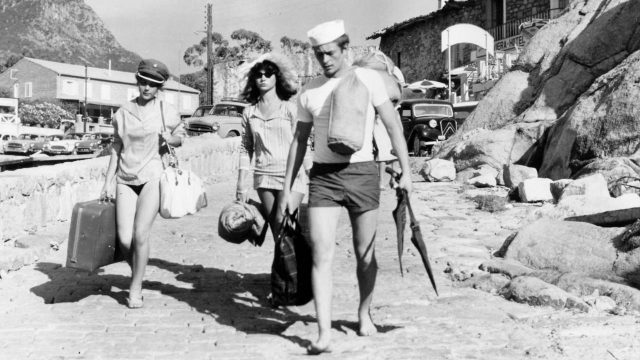
Mikhail Baryshnikov goes inside the mind of Vaslav Nijinsky in Robert Wilson’s LETTER TO A MAN (photo by Julieta Cervantes)
BAM Harvey
651 Fulton St.
October 15-30, $35-$130
718-636-4100
www.bam.org
Robert Wilson and Mikhail Baryshnikov, who teamed with Willem Dafoe in 2014 at BAM for The Old Woman, have returned to Brooklyn for another avant-Expressionist multimedia marvel, Letter to a Man. Continuing at the Harvey through October 30, the mostly one-man show is based on the diaries of Russian ballet dancer and choreographer Vaslav Nijinsky, who electrified the dance world before his schizophrenia had him in and out of mental institutions from 1919, when he was twenty-nine, until his death in 1950 at the age of sixty-one. Conceived, directed, and designed by Wilson, who has previously dazzled BAM audiences with such consciousness-expanding works as The Blue Rider, Einstein on the Beach, and Woyczeck, Letter to a Man is built around snippets from the diary Nijinsky kept in early 1919, shortly before being hospitalized for the first time. Performed by Baryshnikov, dressed in a sharp tuxedo and white-painted face, and various disembodied voices as if they’re echoing in Nijinsky’s head, the text, adapted by Christian Dumais-Lvowski and filled with references to God, sex, war, and death, features such devastating lines as “I am standing in front of a precipice into which I may fall. I am afraid to fall,” “I will eat everyone I can get hold of. I will stop at nothing,” and “I went in the direction of the abyss.” Baryshnikov moves exquisitely across the stage, with small dance flourishes that are breathtaking, particularly because no footage of Nijinsky performing exists. A. J. Weissbard boldly lights Wilson’s surreal set, with vaudeville-style flashing stage lights in the front, mesmerizing shades of white and blue, and dark shadows as Baryshnikov stands in front of a large window that could be in an asylum or a church. Wilson includes such elements as a burning cross, a fiery red circle that references Nijinsky’s paranoid drawings of eyes in the diaries, and branches that evoke Nijinsky’s only extant choreographic work, Afternoon of a Faun.
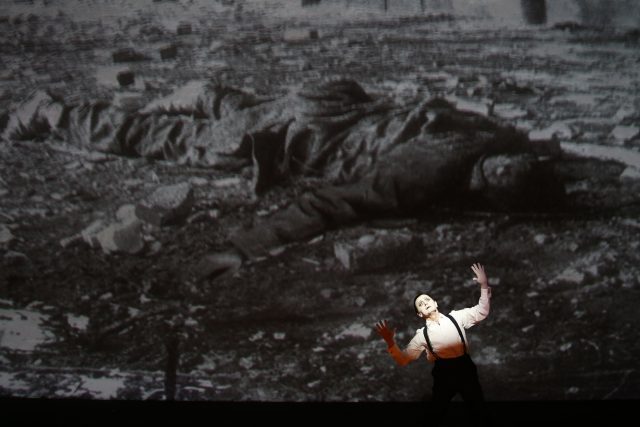
Mikhail Baryshnikov acts out Vaslav Nijinsky’s inner demons in multimedia work at BAM (photo by Julieta Cervantes)
The show gets its title from Nijinsky’s fourth notebook, which consists of letters he wrote but never sent; in this case, the “man” in question is Ballets Russes founder and artistic director Sergei Diaghilev, who is never specifically named in the diaries but had a severe falling out with his star dancer and lover after Nijinsky married Romola de Pulszky in September 1913. Although Wilson is treading on familiar territory from a technical standpoint, Letter to a Man is still a mind-blowing tribute to both Nijinsky and Baryshnikov, who along with Rudolf Nureyev redefined ballet in the twentieth century. The music, selected by Hal Willner, ranges from classical to pop, from Arvo Pärt and Henry Mancini to Tom Waits’s “I Don’t Wanna Grow Up” and Napoleon XIV’s novelty hit, “They’re Coming to Take Me Away, Ha-Haaa!,” bringing levity to the proceedings as Nijinsky’s battle with mental illness intensifies. The mysterious projections are by Tomek Jeziorski; Jacques Reynaud designed Baryshnikov’s costumes, which include a straitjacket, while choreographer Lucinda Childs collaborated on the movement. As with most of Wilson’s works, there are many striking, memorable images that are likely to stay with you for a long time, from Baryshnikov sitting in a chair up on a wall in an almost blindingly white space to him slowly inching backward on a dark beam, moving away from the aforementioned large window, from him approaching a projection of a battlefield to performing a little soft shoe. It’s a glowing tribute that is fraught with sadness, memorializing a special dancer who was overcome by a debilitating disease.
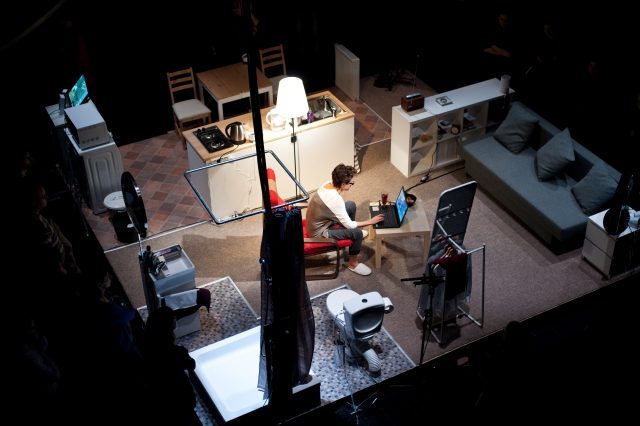
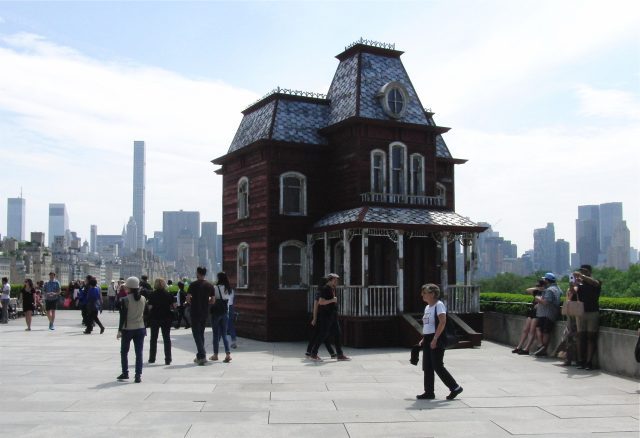

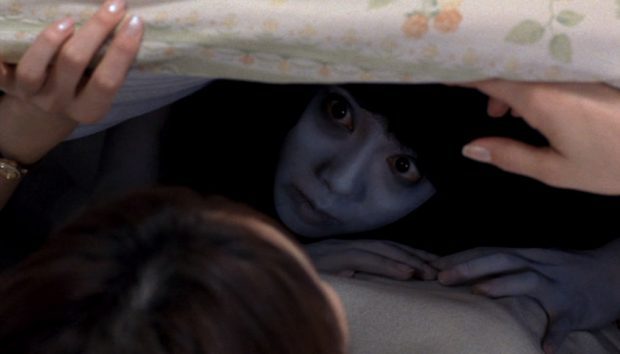
 “Black cats feature in the mythology of many cultures, and superstitions about them are still familiar to most of us in modern times. They are a prime example of the contrariness of many of our superstitious beliefs; some swear they’re lucky, others see them as a sign of certain doom,” Chloe Rodes writes in Black Cats and Evil Eyes: A Book of Old-Fashioned Superstitions. BAMcinématek certainly had the latter in mind when it programmed its Halloween series “13 Cats,” a baker’s dozen of feline horror stories running through November 3 at BAM Rose Cinemas. The frightfest kicked off October 21-23 with the Hayao Miyzazaki favorite Kiki’s Delivery Service and also includes the Nobuhiko Obayashi cult classic Hausu, Roger Corman’s The Tomb of Ligeia, David Lowell Rich’s Eye of the Cat, Kaneto Shindô’s Kuroneko, and both Jacques Tourneur’s and Paul Schrader’s Cat People. On October 27, Takashi Shimizu’s Ju-On: The Grudge will cross movie fans’ path in Brooklyn. After making two Ju-Ons for Japanese video, Shimizu wrote and directed this feature-length haunted-house movie that he later also turned into an American version starring Sarah Michelle Gellar. A terrifying ghost (Takaka Fuji) who emits bizarre sounds keeps killing just about anyone who enters her suburban home, where a husband murdered his wife and their black cat, and their young son went missing. But don’t worry; the white-faced kid (Yuya Ozeki) continually shows up in the strangest of places, as does a very creepy woman. (Don’t look under the sheets.) The more Rika (Megumi Okina) gets involved, the spookier things get. And poor Izumi (Misa Uehara) and Hitomi (Misaki Itô). You’re likely to have trouble falling asleep after watching this truly scary, extremely confusing film, which Shimizu was afraid would be too laughable.
“Black cats feature in the mythology of many cultures, and superstitions about them are still familiar to most of us in modern times. They are a prime example of the contrariness of many of our superstitious beliefs; some swear they’re lucky, others see them as a sign of certain doom,” Chloe Rodes writes in Black Cats and Evil Eyes: A Book of Old-Fashioned Superstitions. BAMcinématek certainly had the latter in mind when it programmed its Halloween series “13 Cats,” a baker’s dozen of feline horror stories running through November 3 at BAM Rose Cinemas. The frightfest kicked off October 21-23 with the Hayao Miyzazaki favorite Kiki’s Delivery Service and also includes the Nobuhiko Obayashi cult classic Hausu, Roger Corman’s The Tomb of Ligeia, David Lowell Rich’s Eye of the Cat, Kaneto Shindô’s Kuroneko, and both Jacques Tourneur’s and Paul Schrader’s Cat People. On October 27, Takashi Shimizu’s Ju-On: The Grudge will cross movie fans’ path in Brooklyn. After making two Ju-Ons for Japanese video, Shimizu wrote and directed this feature-length haunted-house movie that he later also turned into an American version starring Sarah Michelle Gellar. A terrifying ghost (Takaka Fuji) who emits bizarre sounds keeps killing just about anyone who enters her suburban home, where a husband murdered his wife and their black cat, and their young son went missing. But don’t worry; the white-faced kid (Yuya Ozeki) continually shows up in the strangest of places, as does a very creepy woman. (Don’t look under the sheets.) The more Rika (Megumi Okina) gets involved, the spookier things get. And poor Izumi (Misa Uehara) and Hitomi (Misaki Itô). You’re likely to have trouble falling asleep after watching this truly scary, extremely confusing film, which Shimizu was afraid would be too laughable.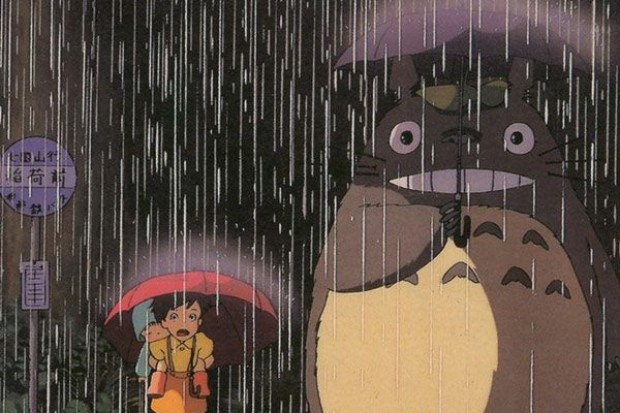
 In many ways a precursor to Hayao Miyazaki’s masterpiece, Spirited Away, the magical My Neighbor Totoro is a fantastical trip down the rabbit hole, a wondrous journey through the sheer glee and universal fears of childhood. With their mother, Yasuko (voiced by Lea Salonga), suffering from an extended illness in the hospital, Satsuki (Dakota Fanning) and her younger sister, Mei (Elle Fanning), move to a new house in a rural farming community with their father, anthropology professor Tatsuo Kusakabe (Tim Daly). Kanta (Paul Butcher), a shy boy who lives nearby, tells them the house is haunted, and indeed the two girls come upon a flurry of black soot sprites scurrying about. Mei also soon discovers a family of totoros, supposedly fictional characters from her storybooks, living in the forest, protected by a giant camphor tree. When the girls fear their mother has taken a turn for the worse, Mei runs off on her own, and it is up to Satsuki to find her. Working with art director Kazuo Oga, Miyazaki paints My Neighbor Totoro with rich, glorious skies and lush greenery, honoring the beauty and power of nature both visually as well as in the narrative. The scene in which Satsuki and Mei huddle with Totoro (Frank Welker) at a bus stop in a rainstorm is a treasure. (And just wait till you see Catbus’s glowing eyes.) The movie also celebrates the sense of freedom and adventure that comes with being a child, without helicopter parents and myriad rules suffocating them at home and school. (Note: BAM will be screening the English-language version in the “13 Cats” series.)
In many ways a precursor to Hayao Miyazaki’s masterpiece, Spirited Away, the magical My Neighbor Totoro is a fantastical trip down the rabbit hole, a wondrous journey through the sheer glee and universal fears of childhood. With their mother, Yasuko (voiced by Lea Salonga), suffering from an extended illness in the hospital, Satsuki (Dakota Fanning) and her younger sister, Mei (Elle Fanning), move to a new house in a rural farming community with their father, anthropology professor Tatsuo Kusakabe (Tim Daly). Kanta (Paul Butcher), a shy boy who lives nearby, tells them the house is haunted, and indeed the two girls come upon a flurry of black soot sprites scurrying about. Mei also soon discovers a family of totoros, supposedly fictional characters from her storybooks, living in the forest, protected by a giant camphor tree. When the girls fear their mother has taken a turn for the worse, Mei runs off on her own, and it is up to Satsuki to find her. Working with art director Kazuo Oga, Miyazaki paints My Neighbor Totoro with rich, glorious skies and lush greenery, honoring the beauty and power of nature both visually as well as in the narrative. The scene in which Satsuki and Mei huddle with Totoro (Frank Welker) at a bus stop in a rainstorm is a treasure. (And just wait till you see Catbus’s glowing eyes.) The movie also celebrates the sense of freedom and adventure that comes with being a child, without helicopter parents and myriad rules suffocating them at home and school. (Note: BAM will be screening the English-language version in the “13 Cats” series.)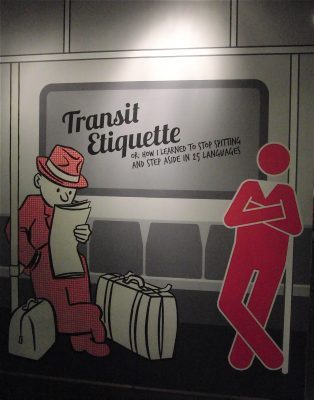
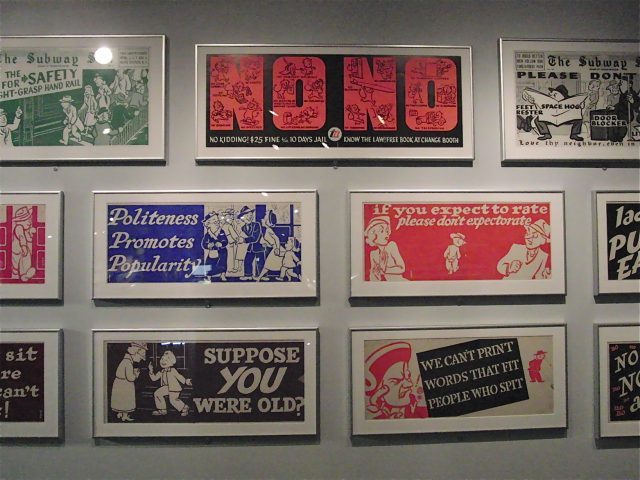
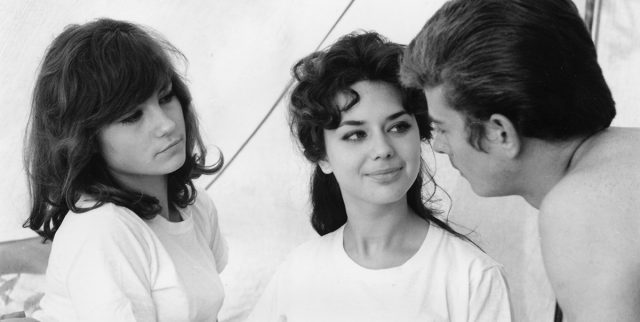
 FIAF’s two-month CinéSalon series “Beyond the Ingénue” comes to a close October 25 with one of the lesser-known French New Wave classics, Jacques Rozier’s shamefully seldom screened Adieu Philippine. Rozier’s first film is a freewheeling adventure as Michel (Jean-Claude Aimini), a young man working in a television studio, cavorts with a pair of eighteen-year-old best friends, Juliette (Stefania Sabatini) and Liliane (Yveline Céry), while waiting to be called up to serve in the Algerian War. Rozier opens the film by taking viewers into the studio, where they are shooting a lively jazz performance by French violinist Maxim Saury and his band, the bouncy rhythm meeting the behind-the-scenes chaos. Pretending to be more important than he really is, Michel invites Juliette and Liliane to come in, and soon the trio is hitting cafés and nightclubs, camping on the beach, and trying to hook up with would-be filmmaker Pachala (Vittorio Caprioli). But what started out as fun gets somewhat more serious as jealousy creeps in and the war intervenes.
FIAF’s two-month CinéSalon series “Beyond the Ingénue” comes to a close October 25 with one of the lesser-known French New Wave classics, Jacques Rozier’s shamefully seldom screened Adieu Philippine. Rozier’s first film is a freewheeling adventure as Michel (Jean-Claude Aimini), a young man working in a television studio, cavorts with a pair of eighteen-year-old best friends, Juliette (Stefania Sabatini) and Liliane (Yveline Céry), while waiting to be called up to serve in the Algerian War. Rozier opens the film by taking viewers into the studio, where they are shooting a lively jazz performance by French violinist Maxim Saury and his band, the bouncy rhythm meeting the behind-the-scenes chaos. Pretending to be more important than he really is, Michel invites Juliette and Liliane to come in, and soon the trio is hitting cafés and nightclubs, camping on the beach, and trying to hook up with would-be filmmaker Pachala (Vittorio Caprioli). But what started out as fun gets somewhat more serious as jealousy creeps in and the war intervenes.